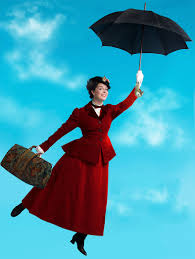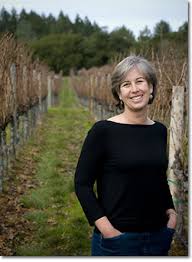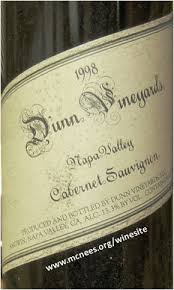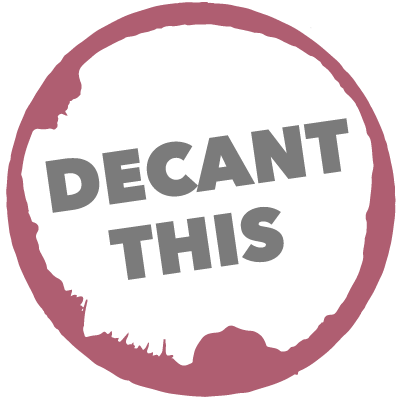Vintage charts none too smart
Even as a novice wine drinker, it became quickly apparent to me that vintage rating charts are seriously flawed. That belief has only gotten stronger in the ensuing years. Earlier today, I talked to a kindred spirit, the stellar winemaker Celia Welch.
How do I loathe these ratings? Let me count the ways:
• They use the 100-point scale — really a 25-point scale — assigning arguably arbitrary numbers to a complicated issue. What is  an 87-point vintage? Are all Sonoma pinot noirs in a 98-point vintage supercalifragilisticexpialidopcious (even if the smell of them is often quite atrocious)?
an 87-point vintage? Are all Sonoma pinot noirs in a 98-point vintage supercalifragilisticexpialidopcious (even if the smell of them is often quite atrocious)?
• They try to cover too much ground. Way too much ground. Sonoma is a huge county, and Napa and Mendocino aren’t tiny, just to name three neighboring areas. If there are microclimates within single vineyards, what about vineyards 20 or 30 miles apart?
• They put vintage before vintner, which is, not to put too fine a point on it, claptrap, balderdash, flummery, malarkey and poppycock. Vintages vary, and they produce different elements, which in some years might please certain consumers and displease others. But a great site and/or a great vineyard manager and winemaker will make stellar wines year in and year out.
• They usually are done waaaaaaaay too early. The Wine Spectator’s Harvey Steinem might have a great palate, but he trashed the 2007 vintage in Oregon’s Willamette Valley long before the wines were bottled — and according to folks I’ve talked to out there has since apologized. (The ’07 Willamette pinots are for the most part superb wines at this point.)
 But I should hop off the soapbox and just pass along what Welch (left) said when I asked her about the 1997 (praised) and 1998 (panned) vintages of Napa cabs:
But I should hop off the soapbox and just pass along what Welch (left) said when I asked her about the 1997 (praised) and 1998 (panned) vintages of Napa cabs:
“What the 1998s from really good sites show us is that year in and year out, these ultra-premium sites are going to produce great wines. …
“Looking at ’97 and ’98, a lot of the perceptions were looking at all of Napa. You’re looking at a broad array of sites; in 1997 even at the lowest level wineries produced ripe fruit. We had a very warm August and September, and a lot of hang time in better places. We wrapped up [picking] in mid-September, and when we looked back, we wondered ‘Did the grapes force our hand?’
“I remember thinking at the time people were loving it, and I’m not going to tell them that they’re wrong.
“In 1998, many writers said to write [the wines] off. We had a lot of rain in April — I remember because I was training for a marathon — and we had a great opportunity in June, July and August to thin the crop and then had beautiful weather in September and October.
 “In 1998, when it was cooler, it was a great year to look at [warm-weather] Rutherford or Calistoga. In 1997 it was warmer; you could say ‘I bet the cabs from [cooler] Coombsville will show beautifully.’
“In 1998, when it was cooler, it was a great year to look at [warm-weather] Rutherford or Calistoga. In 1997 it was warmer; you could say ‘I bet the cabs from [cooler] Coombsville will show beautifully.’
“You can’t knock an entire vintage when talking about so many appellations and styles of growing, and you really need to look at the overall context of the vintage.”
And start by ignoring the charts and finding the wineries that never have a down year.
As for recent vintages, Welch compared the dissed 2011 Napa cabs with the ’98s. “I think they’re really, really gorgeous wines.”
Bottom line: Vintages matter in terms of wine styles, but assessing a vintage with a number is a fool’s errand.



